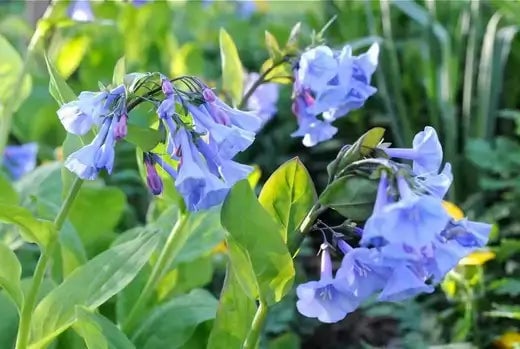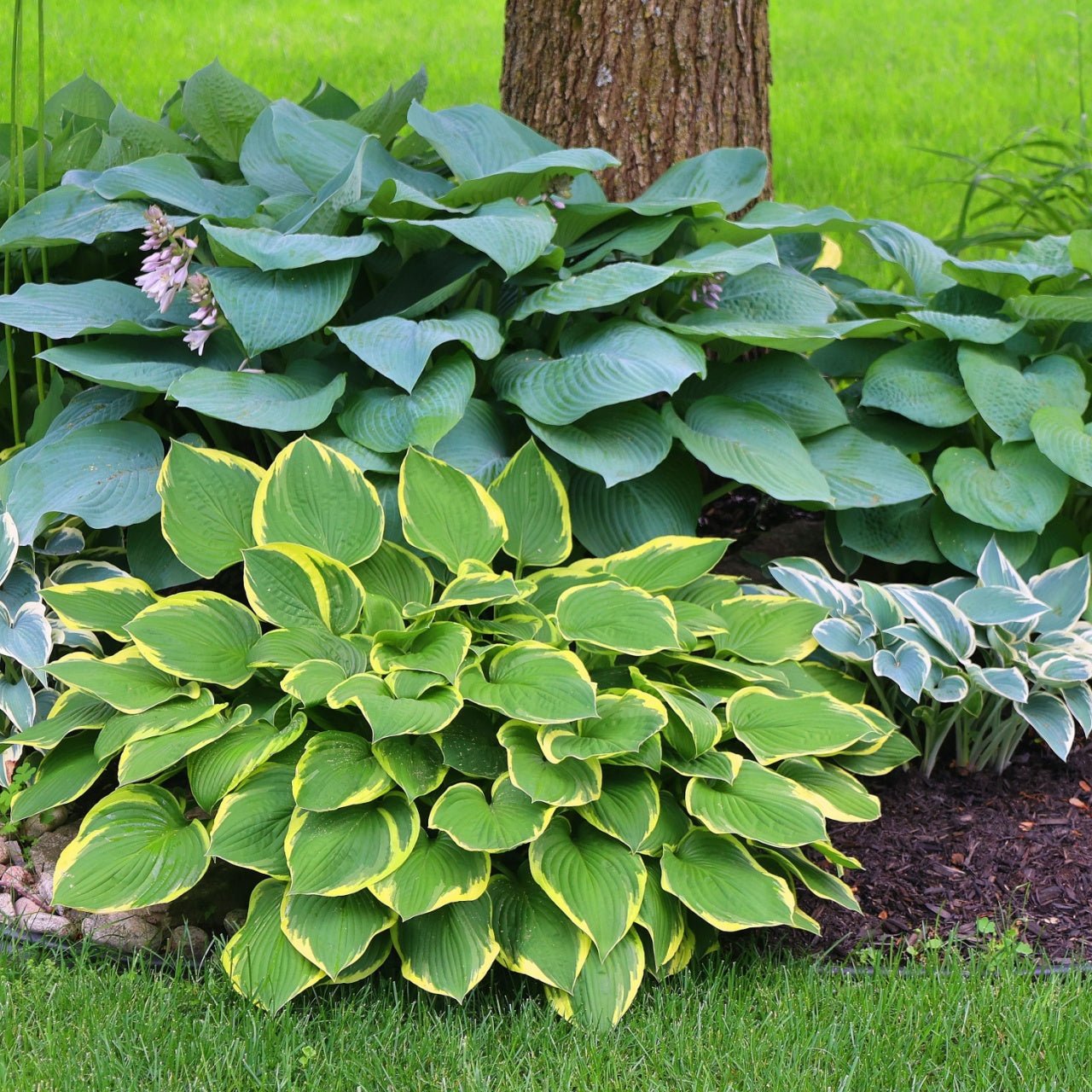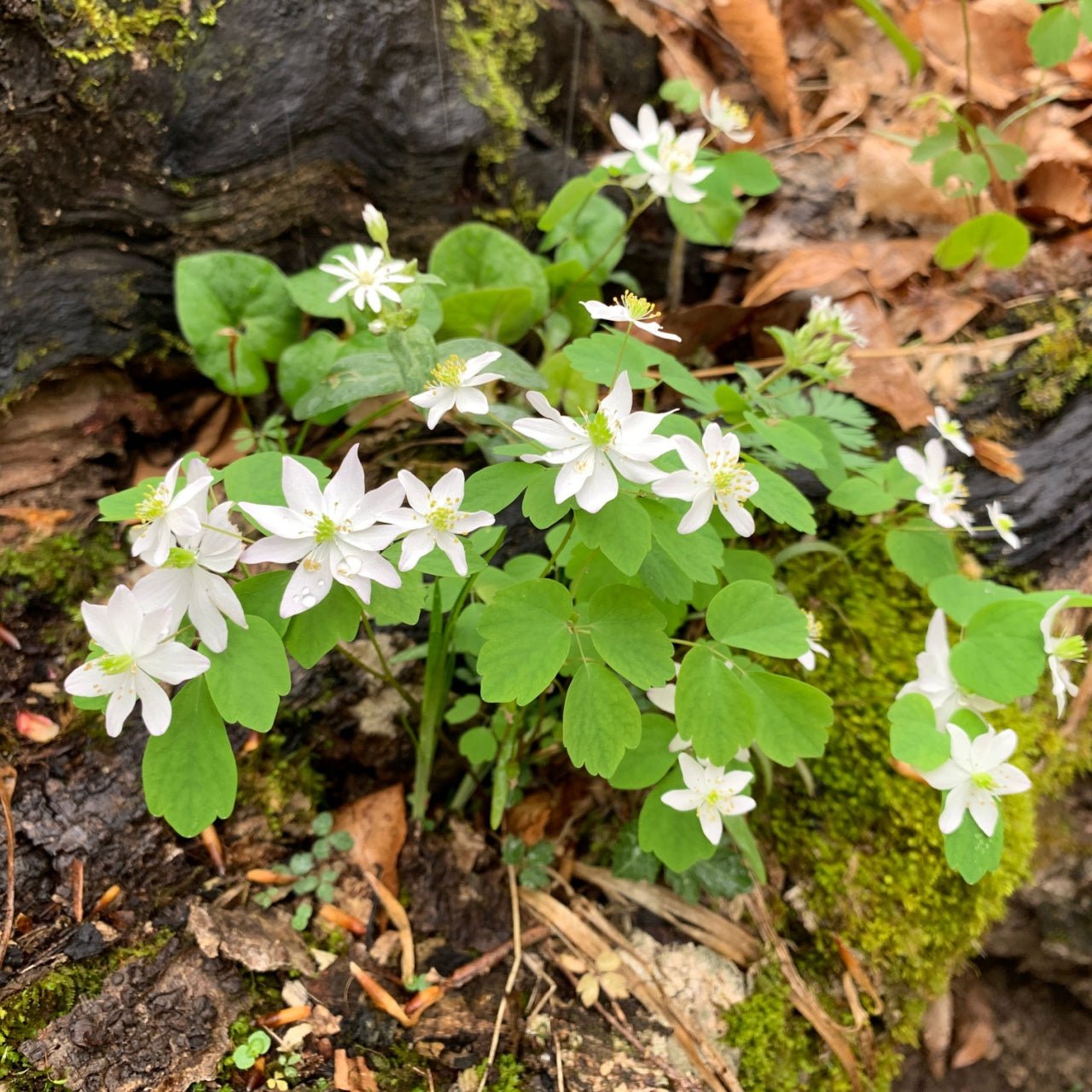The Belle Of The Ball In Fine Gardening
Also commonly known as "Virginia cowslip," Virginia bluebells are woodland perennial plants that begin blooming during their second year. Bluebells feature bright blue flowers shaped like bells on round, grayish stems.
Virginia bluebells reach up to two feet tall at mature height. Plants over three or four years old sometimes produce white or pink flowers rather than the perfect sky blue blooms for which the younger plants are famous. The Borage family members like soils rich in organic materials and perform well in shaded locations. This plant grows best in USDA zones 4-7.
However, they may sometimes grow well in slightly warmer zones if provided with an adequate amount of protection from the hot sun in soil that has been infused with a significant amount of organic amendments.

This wildflower blooms profusely during April and May and makes an excellent under-planting for trees and shrubs in casual woodland gardens. Because they are dormant in the summer, other woodland plants such as hosta may be planted in the same area to provide interest for the summer months.
Virginia Bluebells will easily self-seed, creating ongoing colonies that can last for centuries.
They're a favorite perennial of homeowners seeking to develop low-maintenance cottage gardens, mainly if they have shaded areas in their yards. These also thrive in damp, swampy soils and are excellent subjects for naturalizing in wildflower meadows.
Various species of bees, hummingbirds, moths, and butterflies visit the plant when it's in flower, seeking nectar from the blooms and assuring pollination. Companion plantings include other woodland wildflowers such as wild bleeding hearts, lupine, ferns, and anemones. These are also relatively deer-resistant plants, which is essential in woodland plantings because visits from deer are almost guaranteed in these areas.
Virginia Bluebells are native to the forest and meadows of the delicate parts of the North American continent. Entire fields of them all are blooming at once frequently greeted early pioneers on their way west during the settling of the country.
Buy your Virginia Blue Bells today at TN Nursery.
Read more

Common disorders cured by herbal supplements Herbs have been used worldwide for centuries to prevent and cure various diseases. Over the past 50 years, numerous herbs have made their way to the ...

River Cane Description Before the Europeans settled the United States, River cane as canebrakes or areas of land covered with a dense growth of rods dominated the southeastern landscape, easily f...




